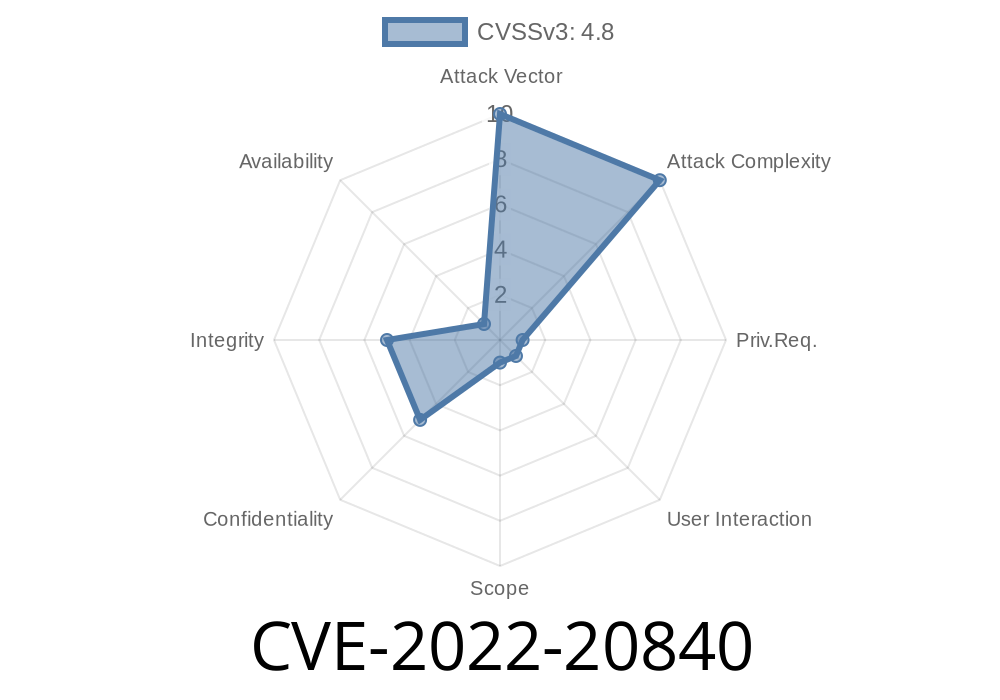Multiple vulnerabilities have been discovered in the web-based management interface of Cisco Firepower Management Center (FMC) Software, which can allow an authenticated, remote attacker to conduct stored cross-site scripting (XSS) attacks against other users of the affected devices. These vulnerabilities stem from insufficient validation of user-supplied input in various data fields in the affected interface.
In this long-read post, we will delve into the details of these vulnerabilities, as well as how to exploit them and potential mitigations. We will also look at the available references and resources to help you better understand and protect against these risks.
Vulnerabilities Details
The key issue with these vulnerabilities is the inadequate validation of user input by the web-based management interface, which can lead to stored XSS attacks. Attackers can exploit these vulnerabilities by inserting malicious input into various data fields within the affected interface, ultimately leading to arbitrary script code execution in the context of the interface, or accessing sensitive, browser-based information.
In certain cases, these vulnerabilities can also cause temporary availability impacts to some of the FMC Dashboard components.
Exploit Details
To exploit the vulnerabilities, the attacker needs to have authenticated access to the web-based management interface of Cisco's Firepower Management Center. Once authenticated, the attacker can insert crafted input in various data fields in the affected interface to trigger the stored XSS vulnerability.
Here's a sample snippet of code that demonstrates how an attacker might inject malicious JavaScript code into a data field:
<script>alert('XSS')</script>
When another user interacts with the affected interface or views the malicious input, their browser would execute the embedded script code, potentially causing security risks or temporary downtimes on the FMC Dashboard.
Mitigation and Recommendations
The affected users and organizations should apply the necessary patches and updates provided by Cisco to mitigate these vulnerabilities. To minimize the risk of exploitation, it is also essential to follow best security practices, such as:
Restricting access to the web-based management interface using proper access control mechanisms.
- Disabling or limiting the use of input fields that allow script code execution in the affected interface.
- Implementing input validation and sanitization techniques to ensure user-supplied data is safe and free from malicious code.
- Regularly auditing and monitoring system logs for any suspicious activity or potential signs of exploitation.
Original References and Resources
- Cisco's official advisory on the vulnerabilities: CVE-2022-20840
- Cisco Firepower Management Center Software: Official Product Page
- OWASP's guide on XSS Prevention: Cross-Site Scripting Prevention Cheat Sheet
Conclusion
The multiple vulnerabilities (CVE-2022-20840) in the web-based management interface of Cisco Firepower Management Center (FMC) Software expose the affected users and organizations to stored XSS attacks, which could lead to security risks and temporary availability impacts. It is crucial to apply the necessary patches and updates provided by Cisco and follow best security practices to minimize the risk of exploitation. Stay vigilant and keep your systems updated to safeguard against potential threats.
Timeline
Published on: 11/15/2022 21:15:00 UTC
Last modified on: 11/18/2022 18:14:00 UTC
